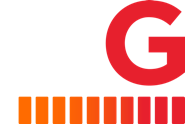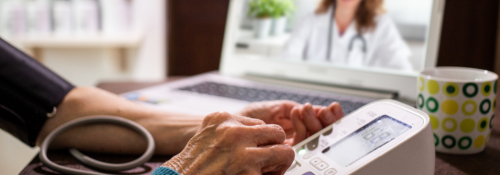10G and Telehealth: A Win for Patients and Providers
It may not come as a surprise that telehealth solutions gained traction in 2020. As the COVID-19 pandemic forced millions of Americans to adjust to video-conferencing and use connected devices for work, school and socialization, many did the same for their healthcare needs.
High-speed broadband networks are critical to the success of telehealth solutions, and 1 gigabit speed broadband now reaches 90% of U.S. households, with the potential to connect these households to existing and emerging telehealth options.
In addition, providers are investing billions of dollars annually on the roadmap to a 10G future. As more telehealth technologies hit the market, a patient’s home broadband network must support everything from measuring blood pressure, to monitoring the patient’s everyday health for changes or symptoms that indicate more serious issues. The 10G platform will not only deliver the 10 gigabit speeds needed to support a surge in telehealth technologies, but also the reliability, security and low latency that is critical for emerging telehealth solutions.
Some of the most cutting-edge technologies are currently being tested in Mediacom’s 10G SmartHome in Ames, Iowa. However, others are already available to consumers.
Trapollo is creating a "hospital in the home" experience. With Trapollo’s solution, patients can receive medical care from a hospital by utilizing an app on their smartphone or tablet that enables them to be fully monitored by their healthcare provider, to receive important medical advice or information, and to participate in two-way video communication.
“Now with smart homes being a part of the healthcare environment, the concept of creating the 'Smart Healthy Home,' as I like to call them, is here.” said Mike Braham, Trapollo’s chief executive officer. “There is a great amount of flexibility in what we can do both as a patient and as a caregiver.”
Kinsa has developed an early warning system to detect and respond to contagious illness. Kinsa utilizes a network of millions of smart thermometers to track the spread of illness in real-time and forecast future outbreaks. The company has already had success predicting flu incidents. With the right combination of broadband infrastructure and telehealth innovation, Kinsa CEO and Co-Founder, Dr. Inder Singh, believes that the technology could have the power to predict - and prevent - the next pandemic.
“The power of the networks is amazing,” said Kinsa’s Dr. Singh, “If we can get communication with someone at the earliest sign or symptom, or when they first got sick, we could also see whether or when symptoms are starting and how fast they are spreading.”
Telehealth solutions hold an incredible amount of potential. As broadband providers continue to focus their efforts on bringing 10G to consumers and businesses across the country, Americans come closer and closer to realizing the promise of telemedicine at scale.

